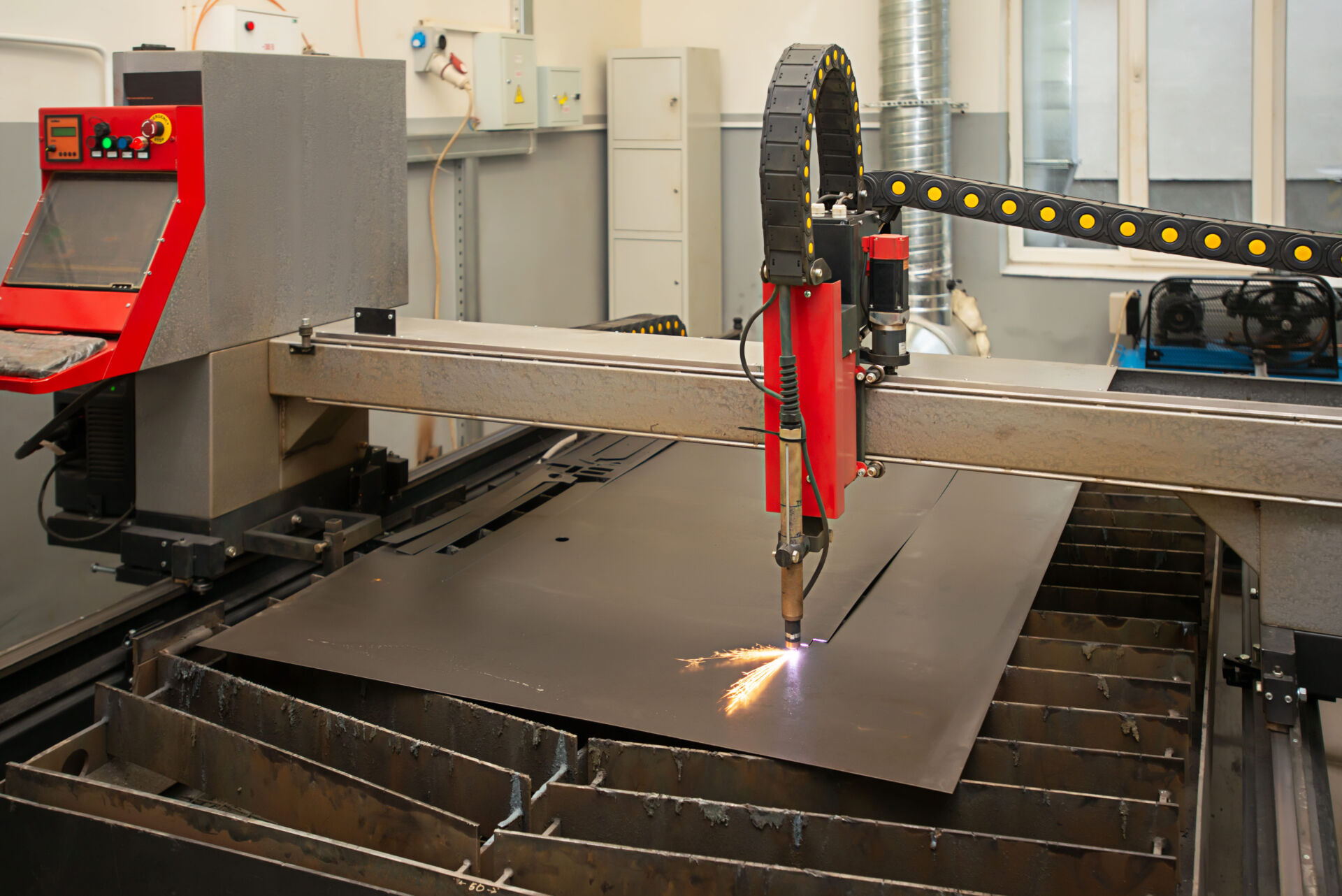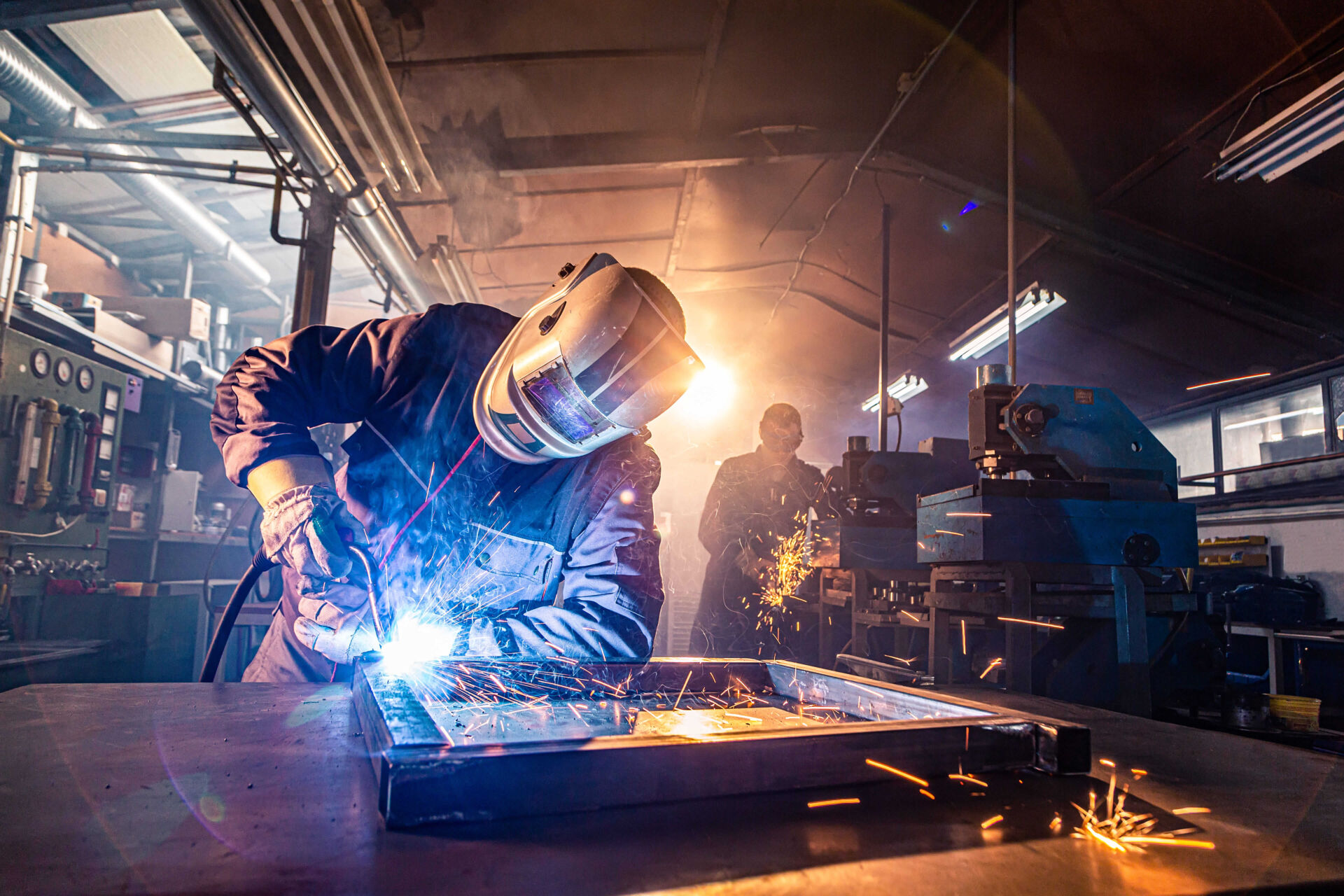When it comes to professional welding equipment, two names always stand out Miller and Lincoln Electric.
Both brands have built decades of trust in workshops across Canada, offering reliable, high-performance machines for every type of welding project. At Brooks Industrial Metals, we often hear fabricators ask which one is better. But that all depends on what you’re working on.
Let’s take a closer look at how these two welding giants compare and see how Miller vs. Lincoln Welding Machines stack up in performance, design, and value for professional fabricators.
Build Quality and Durability
Both Miller and Lincoln make tough machines, but Miller’s design stands out for its balance between power and portability. Their welders are compact and lightweight, making them easier to move between shop floors and job sites. Despite their size, they hold up under demanding use whether it’s daily fabrication, repair work, or industrial welding.
Lincoln machines are durable too, but often heavier and less mobile. For those who value flexibility and need equipment that can go wherever the job takes them, Miller welding equipment offers a clear advantage.
User-Friendly Design
Miller welding equipment has always focused on usability. Their Auto-Set™ technology makes setup simple — just select your wire diameter and material thickness, and the machine automatically adjusts the settings. That’s less time fiddling with controls and more time actually welding.
Lincoln offers great control options too, but many users find Miller’s interface more intuitive, especially for teams with multiple operators. It’s a machine that lets you get started fast, even if you’re switching between MIG, TIG, or Stick welding.
Precision and Consistency
If you’re after smooth arcs and reliable results, both Miller and Lincoln welding machines perform exceptionally well. Miller tends to stand out for its smooth control on thinner metals and aluminum, offering a steady, refined arc that many fabricators appreciate for detailed or aesthetic work.
Lincoln machines are equally dependable and well-suited for thicker materials and heavy-duty applications. Both brands deliver consistency—you’ll simply find that Miller emphasizes precision and control, while Lincoln leans toward strength and penetration.
Technology That Saves Time
One of the biggest benefits of metal fabrication is speed and the same concept applies here. Miller continues to lead in innovation, developing smart features that streamline workflow and reduce rework. Their advanced arc technology helps maintain consistent penetration and reduces downtime between adjustments.
In a busy fabrication environment, those time savings add up fast.
Talk to Our Team About the Best Welding Solutions for You
At the end of the day, when comparing Miller vs. Lincoln Welding Machines, both brands offer solid performance. It comes down to your workflow and priorities.
But another reason fabricators prefer Miller is the accessibility of parts and service. At Brooks Industrial Metals, we stock a full range of Miller welding equipment and accessories, backed by our expert local support. Whether you’re troubleshooting an issue or upgrading your setup, our team is here to help you find what works best for your projects.
Contact us today to learn more!





